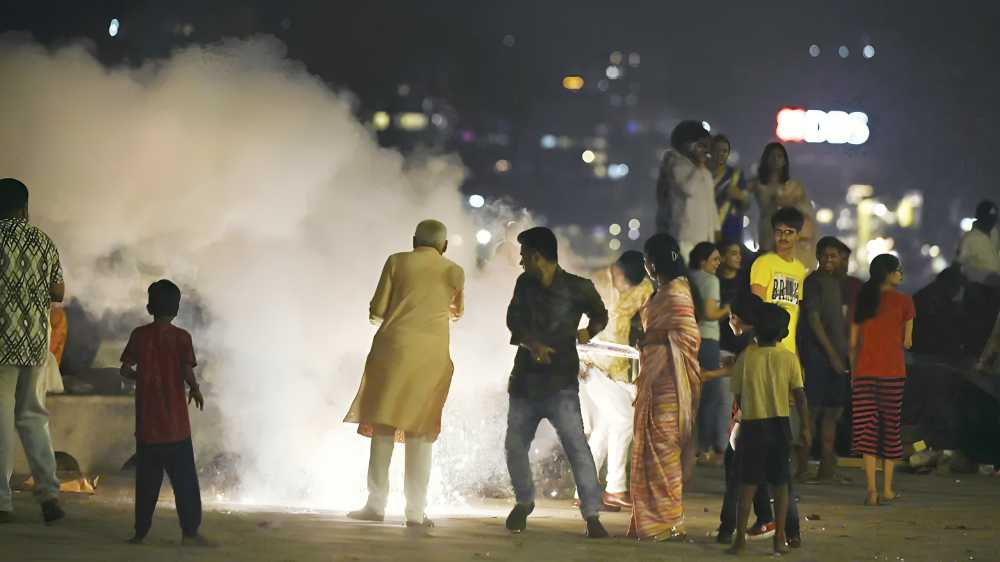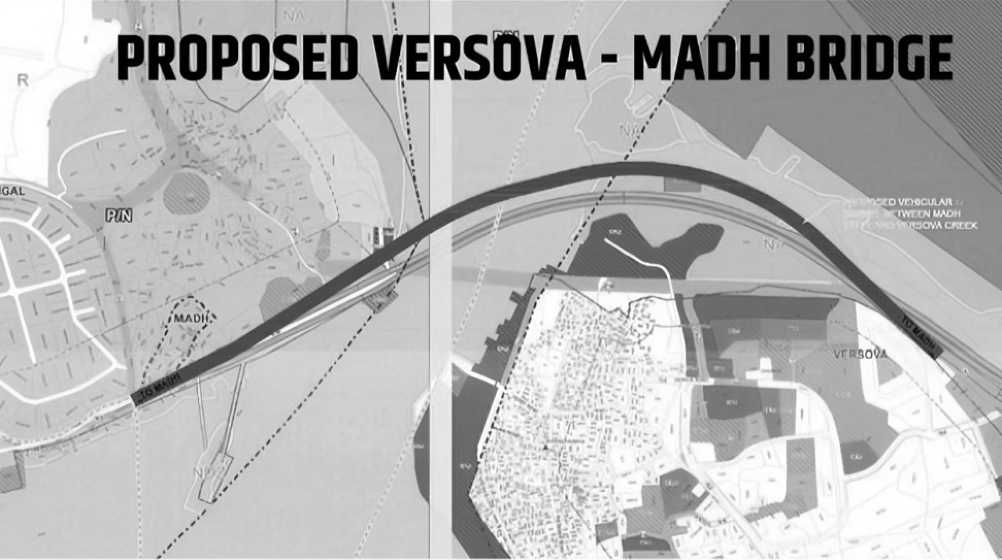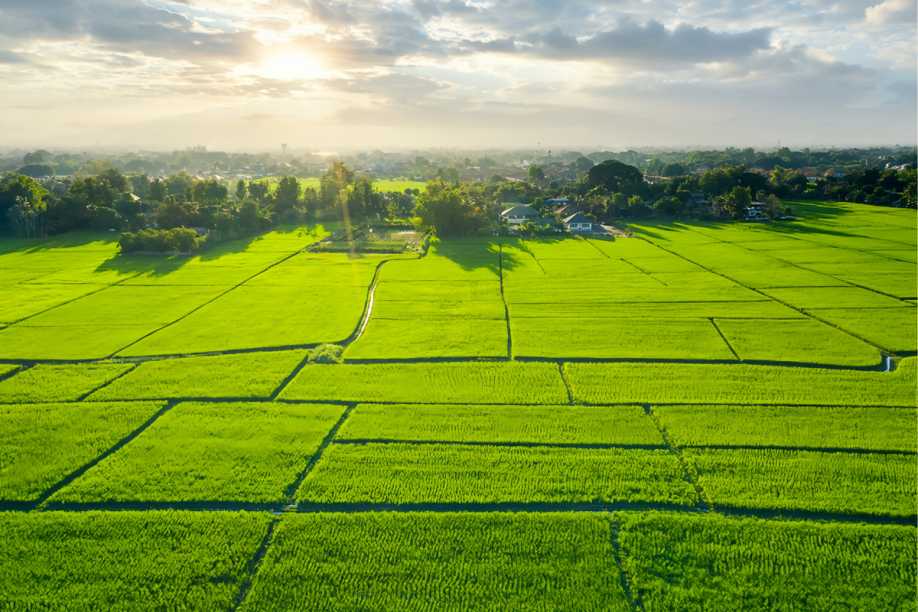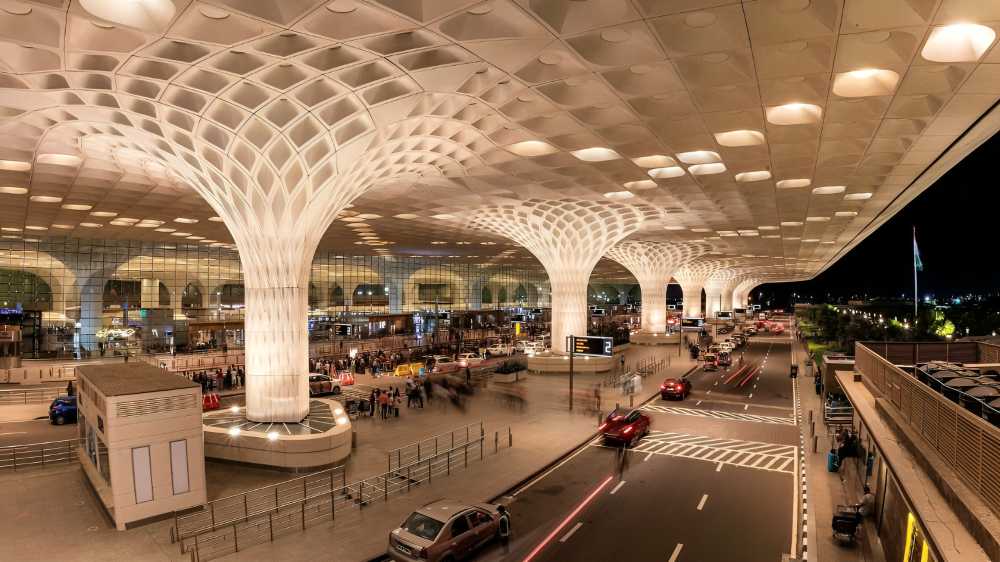October 15, 2025: As Diwali approaches, Mumbai braces for a surge in air and noise pollution, but the Brihanmumbai Municipal Corporation (BMC) appears underprepared to manage rising Air Quality Index (AQI) levels, which could pose serious health risks due to firecracker emissions. Between August and December, the city experiences heightened sound pollution, with Diwali particularly increasing AQI, causing respiratory issues like asthma, eye irritation, fatigue, headaches, joint and leg pain, and even skin and hair problems.
According to IQAir, Mumbai ranks sixth globally for poor air quality, with Kolkata and New Delhi occupying the top two spots. On Tuesday, the city recorded an AQI of 131, categorised as “unhealthy for sensitive groups.”
Experts and citizens have raised concerns over limited intervention from authorities. Gufran Beig, founder director of SAFAR, said, “During Diwali, we can expect air pollution to be higher than normal. If sufficient measures are not in place, the problem escalates.” Sumaira Abdulali of Awaaz Foundation added, “The BMC does nothing specific to address air pollution during Diwali.” The foundation has been independently monitoring AQI since 2008, often relying on Maharashtra Pollution Control Board (MPCB) support for sound pollution measurements during festivals. Abdulali explained, “What the naked eye perceives as smoke from firecrackers is harmful chemical pollutants,” including potassium nitrate, barium oxide, and other oxides linked to respiratory and skin issues.
The BMC, which set up its environment cell a year ago, claims it is addressing long-term policy measures. A senior civic official noted, “Regarding pollution during Diwali, this is a public festival…dedicated measures need to be well-thought-out.” While industrial and commercial pollution can be regulated, the BMC acknowledges that managing behavioural patterns during festivals like Diwali requires careful planning and citizen cooperation.
With Diwali imminent, experts stress the need for proactive measures to curb emissions and safeguard public health, highlighting a persistent gap between monitoring and actionable intervention by civic authorities.
Source: Mid-day





